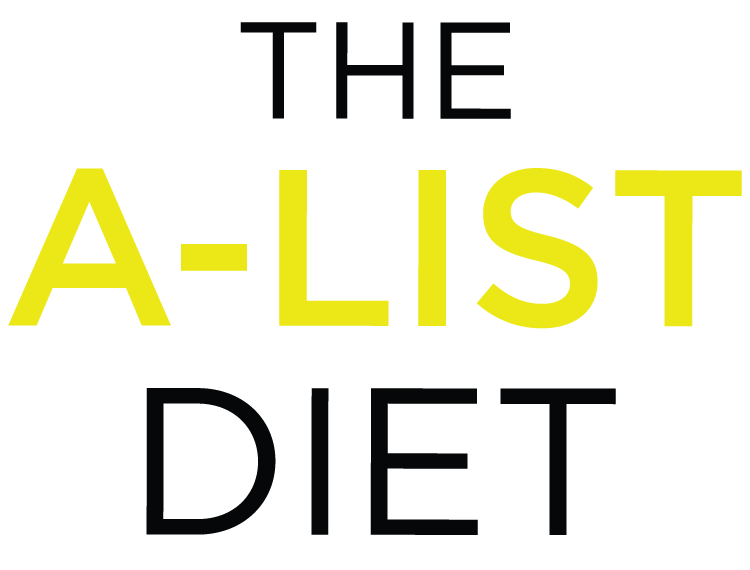Eggs are one of Nature’s most perfect foods.
They’re an inexpensive, low-calorie, high-protein source of a lot of important nutrients. And research shows eating them regularly can do wonders for your health.
In fact, a recent study showed egg consumption can lower the risk of one of today’s deadliest epidemics — Type 2 diabetes.
The study (which was published in the American Journal of Clinical Nutrition) examined the eating habits of 2,332 men between the ages of 42 and 60. It found a clear connection between egg consumption and lower blood sugar levels.
In fact, researchers found that men who ate approximately four eggs per week had a 38 percent lower risk of Type 2 diabetes than those who only ate one egg per week.
Plus, this effect held strong even after the researchers took other risk factors into account. Things like exercise, body mass index, smoking, and the consumption (or lack thereof) of fruits and vegetables.
In other words, adding eggs to your diet offers distinct — and significant — protection against Type 2 diabetes, all by itself. (So just imagine the how much MORE protection you’d get if you also added a couple of handfuls of organic spinach to your eggs…then headed out for a walk after breakfast.)
The study authors believe eggs’ protective benefit comes from the many nutrients they contain — such as high-quality protein, fatty acids, lutein, calcium, vitamin D, and lecithin. All of these nutrients work wonders on glucose metabolism and help reduce inflammation. Which, in turn, lowers the risk of Type 2 diabetes.
Another bonus?
Because they’re so high in protein, eggs are high on the satiety scale. Which means when you eat eggs, you’re less hungry a few hours later compared to, say, eating a bagel. And that means you’re likely to eat less overall.
But PLEASE…whatever you do, stick with real eggs. With the yolk. (You’ll find plenty of egg recipes in The A-List Diet, now available in paperback!)
When I hear people ordering egg white omelets — or worse, Egg Beaters or some other egg substitute — it makes me cringe.
In order to make egg substitutes, food manufacturers process the eggs using oxidation. Which means they’ve essentially added free radicals. Plus, they remove the yolk. And the yolk is actually the most nutritious part of the egg!
So, you’re much better off eating real, whole eggs. Preferably from free-range hens. Pick up a dozen this weekend at your local farmer’s market. You’ll be amazed at the difference.
You can also find free-range eggs in most supermarkets these days. So, really, there’s no excuse not to eat one of the world’s most perfect foods… in its most perfect form.
A-Listers’ Corner
The wonderful feedback and success stories keep rolling in! Here’s a recent one from The A-List Diet Facebook page (@alistdietbook):
“I ordered the book and questioned if I was going to be able to do this, as I am a 53-year-old woman who has loved carbs and sugar my entire life. Just finished week one of phase 2! Down 12 pounds this week and I love it! Tried several recipes from the book and they are delicious! I freeze the extra servings for quick meals when I don’t have time to cook!” –KK
Recipe of the week
Speaking of eggs… this week’s A-List recipe spotlight is breakfast:
Fried Egg and Gruyère on a Bed of Avocado (page 163 of The A-List Diet Book)
Ingredients:
- 1 avocado
- 1 tablespoon macadamia nut oil
- 1/2 teaspoon kosher salt
- 1 1/2 teaspoons freshly squeezed lemon juice
- 2 eggs
- coarse sea salt and freshly ground black pepper
- Gruyère cheese
- 1/2 cup broccoli sprouts
Directions:
- In a medium bowl, mash together the avocado, oil, kosher salt and lemon juice with a fork until it’s chunky. Divide evenly between two plates.
- Heat a nonstick sauté pan over medium-high heat. Crack the eggs into the skillet. Season with sea salt and pepper and fry until the whites are set but the yolks are still runny, about 3 minutes.
- Just before the eggs are finished cooking, use a vegetable peeler to shave eight thin slices of Gruyère cheese onto the eggs, allowing some of the cheese to melt onto the pan and crisp up.
- When the eggs are cooked and the cheese is melted, carefully transfer one egg onto each bed of avocado. Top each with some broccoli sprouts and serve.
Until next time,
Dr. Fred
SOURCE:

